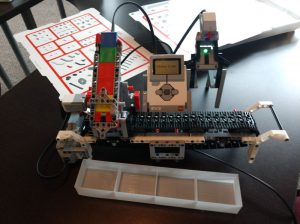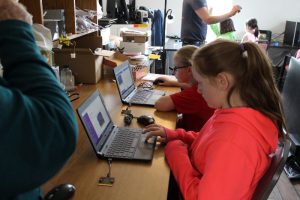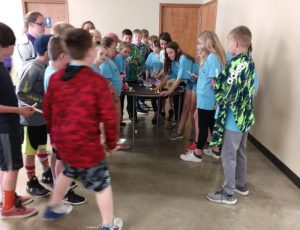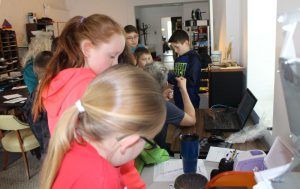We often get questions about when to visit Castlemakers; the best place to start is our events webpage. You can drop in during Open Shop or also attend one of the events listed.
For people not familiar with makerspaces, they may not realize everything going on. For example, limited ‘retail’ hours (what we and other makerspaces often call Open Shop time) reflect the volunteer nature of them. There are lots of passionate people and activities going on outside those times, often working individually and with other organizations.

For example, in the last 2 months Castlemakers worked on a number of youth-oriented events not listed on the webpage or on social media. Just a few weeks ago we were out at Heritage Lake working with over 50 kids at Putnam County Kids Count helping younger kids build and test catapults, then the older ones build and fly tetrahedral kites!
Another outreach event involved 2 other organizations in early May: Castle Arts and Putnam County 4H. Thirty North Putnam School Corporation 4th graders came to downtown Greencastle to learn about computer coding. While one group learned and used a robot at the 4H office to sort and count chips, the other group was at the Makerspace.

Christian Destremps did a fabulous job teaching them algorithms/coding around the corner at the 4H office using Lego EV3 kits built into a color chip sorting robot. Castlemakers helped with assembling his robot design and 3D printing bins to catch the different colored chips.
At the Makerspace we showed them how coding is used in 3D printing, laser cutter/engraving, and CNC machines. One section saw the coding (G-code) in action with our makerspace fabrication tools. At the same time the other section programmed a micro:bit, a small micro-computer board, using a block-based coding editor.
It really demonstrates what can happen in our community when different organizations pool their resources together. You’ll be hearing a lot more about the micro:bit board in the next few months here in Putnam County.


